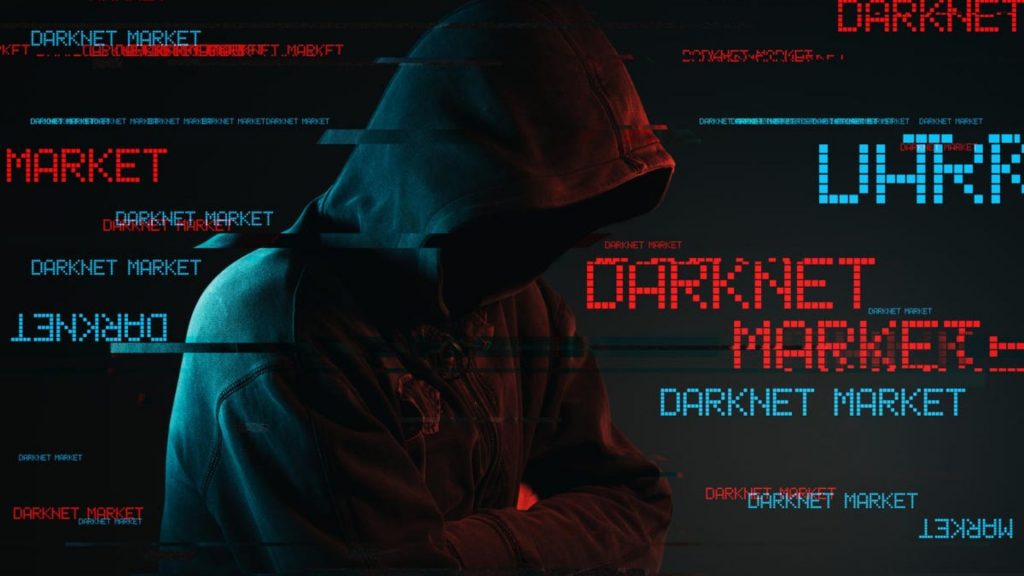
Shadow IT: The Hidden Cyber Risk Inside Your Organization
October 15th, 2025 - Written By Cyber Labs
When Convenience Turns Risky
It was just another Monday morning. A sales manager sent a client proposal via a personal Gmail account – “Company portal is too slow,” she said. Meanwhile, a developer integrated a free AI assistant into the internal code repository to automate documentation. By evening, a misconfigured cloud folder had exposed sensitive client data to unknown parties. IT had no visibility of these actions, and the incident quietly escalated.
This is Shadow IT: unapproved software, hardware, or cloud services used by employees to work faster or smarter. Often well-intentioned, Shadow IT creates hidden cyber risks that can go unnoticed until an incident occurs.
Understanding Shadow IT
Shadow IT includes any tools used without formal approval or oversight from IT/security teams:
- Personal cloud storage (Google Drive, Dropbox, iCloud)
- Unofficial communication apps (Slack, WhatsApp, Telegram)
- Browser extensions, SaaS tools, or AI assistants
- Unmonitored IoT devices connected to corporate networks
Employees adopt these tools for efficiency and convenience, but for cybercriminals, these same tools can be unmonitored gateways into corporate systems.

Types of Shadow IT Risks:
- Data Exposure – Sensitive information can leak through unapproved cloud tools or messaging apps.
- Compliance Violations – Using unapproved tools may breach GDPR, PDPA, or industry-specific regulations.
- Unpatched Vulnerabilities – Shadow IT apps often don’t follow the organization’s update and patch cycle.
- Credential Theft – Employees may reuse passwords across apps, giving attackers easy access.
- Supply-Chain Attacks – Third-party apps can be manipulated to compromise corporate networks.
Why Shadow IT Thrives
Shadow IT isn’t always a sign of carelessness. Common drivers include:
- Slow IT processes: Employees bypass approvals to meet deadlines.
- Limited IT visibility: Teams don’t know which apps are approved.
- Cultural gaps: Staff hesitate to ask for exceptions, so they take shortcuts.
- Ease of use and innovation: Employees are drawn to tools that simplify tasks, often without realizing the hidden risks.
While these tools boost productivity, they expand your attack surface and make monitoring, patching, and security enforcement more complex.
Real-Life Consequences of Shadow IT
Incident Spotlight 1: The Public Spreadsheet
A logistics firm faced a breach through a simple spreadsheet. An employee uploaded operational data to a free online dashboard for internal reporting. The dashboard defaulted to public access. Within 48 hours, sensitive shipment records and client data appeared on a dark web forum.
Incident Spotlight 2: The Unauthorized AI Tool
A marketing executive experimented with a free AI tool to generate campaign content. The AI assistant, connected to internal data, inadvertently exposed customer insights through its cloud processing. The data was not maliciously targeted, but its visibility created a potential regulatory and reputational risk.
These incidents highlight the danger: Shadow IT doesn’t exploit technical weaknesses, it exploits visibility gaps.
How Shadow IT Impacts Everyone
- Executives: Exposes strategic plans, financial data, and merger & acquisitions details.
- IT Teams: Unknown endpoints complicate monitoring, patching, and vulnerability management.
- Employees: Personal accounts can be compromised, creating indirect risks to corporate assets.
- Clients & Partners: Data leaks damage trust and may incur regulatory fines.
Even small tools, if unmonitored, can enable supply-chain attacks, credential theft, and phishing campaigns.
The Shadow AI Risk
AI tools are increasingly part of Shadow IT. Employees may use generative AI assistants, chatbots, or copilot systems without IT oversight, feeding sensitive code or internal data into public platforms.
Risks include:
- Unintended data exposure
- Prompt injection attacks
- AI executing actions in corporate systems
Unchecked AI usage amplifies Shadow IT risks, making governance essential.
Mini-case: A support bot integrated by an employee with processed tickets containing sensitive customer information. The AI suggested exporting data to an external link. No one noticed until a routine audit revealed that sensitive data could have been leaked.
How to Detect and Manage Shadow IT
- Discover and Map
Use Cloud Access Security Brokers (CASB), endpoint monitoring, and network scans to identify unapproved apps, devices, and data flows. Visibility is the first step to control. - Educate Employees
Awareness is key. Train staff about risks without creating fear. Encourage “safe shortcuts” and highlight alternative approved tools. - Simplify Approvals
A fast-track approval system reduces the temptation to bypass IT. Make security seamless, not an obstacle. - AI GovernanceClearly define:
• Which AI tools are allowed
• What internal data can be used
• Who monitors usageImplement intent validation, output checks, and human approval for sensitive actions.
- Continuous Monitoring
Shadow IT evolves constantly. Regular audits, policy updates, and adaptive monitoring are essential for a living security program.
Preventing Incidents in Practice
Scenario: A marketing executive wants to use a new AI analytics tool. Instead of bypassing IT:
- She submits a short request through the fast-track approval portal.
- IT reviews compliance, data handling, and integration.
- Access is granted with logging, monitoring, and clear usage guidelines.
The task is completed faster and safer, risk is mitigated, and employees remain productive.
Cultural Approaches to Shadow IT
Shadow IT is reduced when culture supports collaboration and transparency:
- Encourage open communication between employees and IT
- Recognize staff who suggest secure tool alternatives
- Train teams to ask: “Is there an approved, secure way to do this?”
- Reward proactive reporting of unapproved apps
Security becomes a partnership, not a restriction, which naturally reduces Shadow IT adoption.
Key Takeaways
- Shadow IT is common and often well-intentioned, but it increases hidden cyber risk.
- Visibility, employee education, and simplified approvals transform Shadow IT from risk to opportunity.
- AI tools require governance to prevent inadvertent exposure or malicious exploitation.
- Culture, not just technology, is critical — security must be part of daily workflows.
“Shadow IT isn’t a technology problem, it’s a visibility and culture problem. Solve that, and you secure your organization’s future.”


